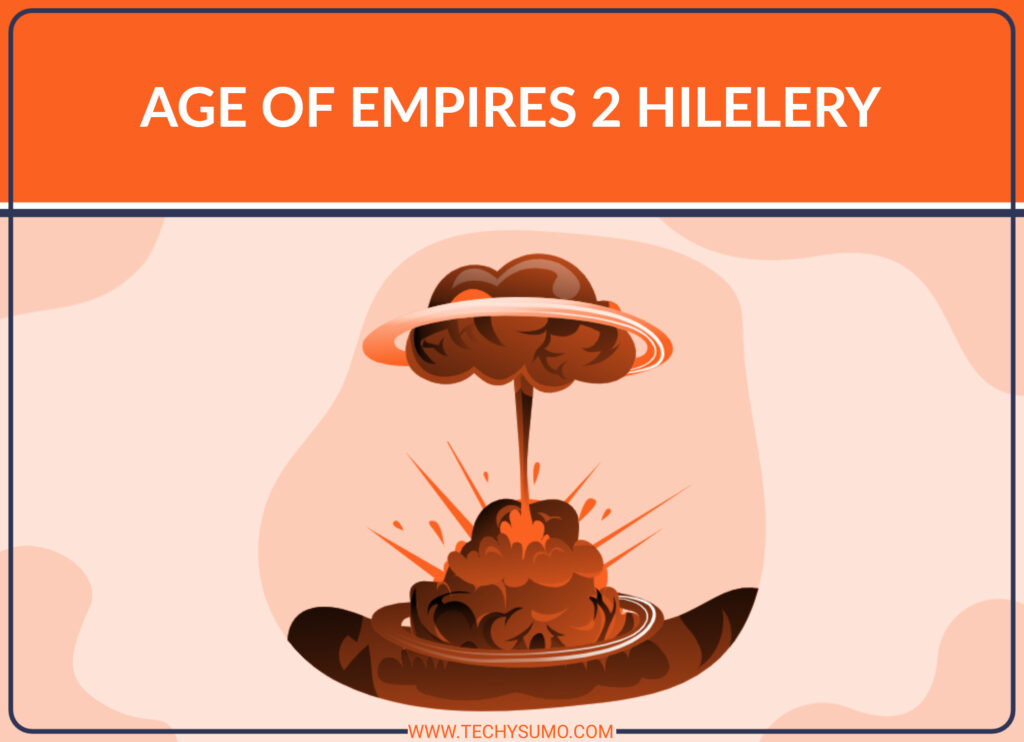The Sodium Attack is one of the most peculiar and unpredictable chess openings you’ll ever come across. Unlike more standard openings like the Ruy Lopez or the Sicilian Defense, this opening throws conventional wisdom out the window. Its defining move is 1. Na3, which places the knight on the edge of the board rather than in the center.
This is a highly unorthodox approach since most beginners are taught to control the center squares (d4, d5, e4, e5) with pawns or pieces. Placing the knight on a3 seems counterintuitive, but that’s exactly what makes it effective in certain situations. It’s unexpected, and many opponents—especially those who rely on pre-planned moves—won’t know how to react.
While it’s not a mainstream opening for Grandmasters in top-level tournaments, it’s a fantastic choice for casual games or online blitz matches. It can throw your opponent off balance, making them spend valuable time rethinking their strategy.
The Sodium Attack may seem like a joke at first, but it has more substance than meets the eye. In the hands of a creative player, it becomes a psychological weapon. If you enjoy surprising your opponents and leading them into unfamiliar territory, this opening is for you.
Table of Contents
Key Moves and Variations
At the heart of the Sodium Attack is the unusual first move.
Also Read
This move ignores the principle of developing pieces toward the center, but it has its own logic. After 1. Na3, the opponent usually responds with something like 1… e5 or 1… d5, trying to seize the center as usual.
It’s important to note that the Sodium Attack doesn’t have a rigid set of moves like other openings. Instead, it’s a conceptual approach where you guide your pieces in unconventional ways to confuse your opponent.
Strategic Principles of the Sodium Attack
Even though it defies traditional chess logic, the Sodium Attack still follows certain strategic ideas. Here are the key principles to keep in mind:
1. Element of Surprise
The main purpose of the Sodium Attack is to disorient your opponent. Most chess players have seen common chess openings thousands of times, but few are ready for 1. Na3. This can force them to “think on their own” from move one, which is a powerful psychological advantage.
2. Knight Mobility
The knight on a3 isn’t as bad as it looks. From a3, it can move to c4 or b5, both of which can target Black’s pawns and pieces. Once on c4, it exerts pressure on the d6 and e5 squares, often forcing Black to defend awkwardly.
3. Flexibility
This opening avoids committing pawns too early. While pawn pushes are strong for controlling the center, they can also become targets for attack. With the Sodium Attack, you delay your pawn commitments, giving yourself room to respond to Black’s setup.
4. Unpredictability
When your opponent faces an opening they don’t know, they’re more likely to make mistakes. This gives you chances to exploit weak pawn structures or misplaced pieces.
5. Use of Flank Play
The Sodium Attack sometimes leads to flank-based play (on the a, b, g, and h files) rather than center-based play. This is different from classic chess theory but can be just as effective, especially in shorter time controls like blitz and bullet games.
How to Master the Sodium Attack
Mastering the Sodium Attack requires more than memorizing moves—it demands creativity and flexibility. Here’s a practical plan for mastering this offbeat opening:
1. Study Games from Strong Players
While it’s a rare opening at the grandmaster level, you can find games played by creative masters. Pay attention to how they reposition the knight after Na3. Look for maneuvers like Nc4, Nb5, and pawn breaks with c4 or e4.
2. Practice Tactical Awareness
The Sodium Attack often leads to unusual pawn structures and tactical skirmishes. Use online puzzles to train your tactical vision, especially for knight forks and skewers, since the knight on a3 can surprise Black later in the game.
3. Play Online Blitz Games
Online blitz is a great environment to test the Sodium Attack. Your opponents will have less time to think and are more likely to misplay. Analyze your games afterward to see where you could have improved.
When to Use the Sodium Attack
The Sodium Attack is most effective in certain situations, especially in shorter time controls. Here’s when you should consider using it:
Blitz and Bullet Games
In fast time controls (3-minute blitz or 1-minute bullet), your opponent won’t have time to find the best response. The odd first move will force them to spend extra seconds figuring out what to do.
Against Theory-Heavy Opponents
Some chess players memorize entire opening repertoires. By playing Na3, you take them out of their comfort zone. Without their “home preparation,” they’ll have to play chess from scratch, which could lead to mistakes.
Wrapping Up
The Sodium Attack is an unconventional, yet surprisingly effective opening that defies traditional chess logic. By playing 1. Na3, you take control of the psychological battle, forcing your opponent to leave familiar territory. Its power lies in its unpredictability and the flexibility it offers to White’s future plans. If you want to master it, start by practicing online blitz games, studying games played by creative players, and refining your follow-up moves. Look for ways to reposition your knight from a3 to c4 or b5, and prepare for pawn breaks with c4, e4, or d3.






